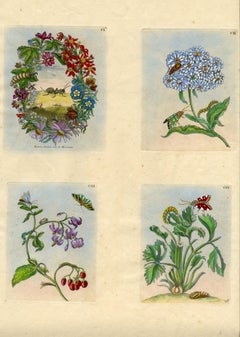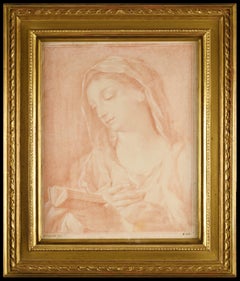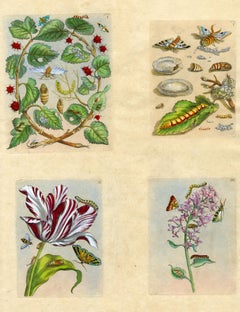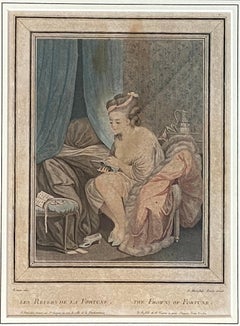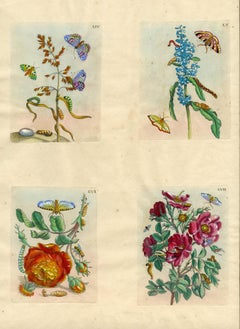18th Century Art
Naturalistic 18th Century Art
Watercolor, Engraving
Naturalistic 18th Century Art
Watercolor, Engraving
18th Century Art
Handmade Paper, Chalk
Naturalistic 18th Century Art
Watercolor, Engraving
Academic 18th Century Art
Laid Paper, Engraving
Naturalistic 18th Century Art
Watercolor, Engraving
Naturalistic 18th Century Art
Watercolor, Engraving
Naturalistic 18th Century Art
Watercolor, Engraving
Old Masters 18th Century Art
Engraving, Etching
Old Masters 18th Century Art
Engraving
Old Masters 18th Century Art
Engraving
Old Masters 18th Century Art
Etching
Old Masters 18th Century Art
Engraving
18th Century Art
Oil, Canvas
18th Century Art
Engraving
18th Century Art
Mezzotint
Academic 18th Century Art
Engraving
Baroque 18th Century Art
Oil
18th Century Art
Engraving
18th Century Art
Paper, Chalk, Engraving
Italian School 18th Century Art
Wood
French School 18th Century Art
Engraving, Etching, Intaglio
Naturalistic 18th Century Art
Engraving
French School 18th Century Art
Engraving, Etching, Intaglio
French School 18th Century Art
Engraving, Etching, Intaglio
French School 18th Century Art
Engraving, Etching, Intaglio
French School 18th Century Art
Engraving, Etching, Intaglio
French School 18th Century Art
Engraving, Etching, Intaglio
French School 18th Century Art
Engraving, Etching, Intaglio
French School 18th Century Art
Engraving, Etching, Intaglio
French School 18th Century Art
Engraving, Etching, Intaglio
French School 18th Century Art
Engraving, Etching, Intaglio
French School 18th Century Art
Engraving, Etching, Intaglio
French School 18th Century Art
Engraving, Etching, Intaglio
French School 18th Century Art
Engraving, Etching, Intaglio
French School 18th Century Art
Engraving, Etching, Intaglio
French School 18th Century Art
Engraving, Etching, Intaglio
French School 18th Century Art
Engraving, Etching, Intaglio
French School 18th Century Art
Engraving, Etching, Intaglio
French School 18th Century Art
Engraving, Etching, Intaglio
Old Masters 18th Century Art
Handmade Paper, Graphite
Baroque 18th Century Art
Bronze
Naturalistic 18th Century Art
Engraving
Old Masters 18th Century Art
Watercolor, Laid Paper, Engraving, Etching
Old Masters 18th Century Art
Handmade Paper, Etching
18th Century Art
Gold Leaf
Impressionist 18th Century Art
Etching, Paper
Old Masters 18th Century Art
Etching
English School 18th Century Art
Watercolor, Handmade Paper, Laid Paper, Etching
18th Century Art
Oil
18th Century Art
Pencil
Old Masters 18th Century Art
Engraving
Other Art Style 18th Century Art
Etching
Other Art Style 18th Century Art
Engraving
Old Masters 18th Century Art
Etching
Old Masters 18th Century Art
Ink, Handmade Paper, Laid Paper
Old Masters 18th Century Art
Ink, Pencil, Laid Paper
Old Masters 18th Century Art
Laid Paper, Etching
